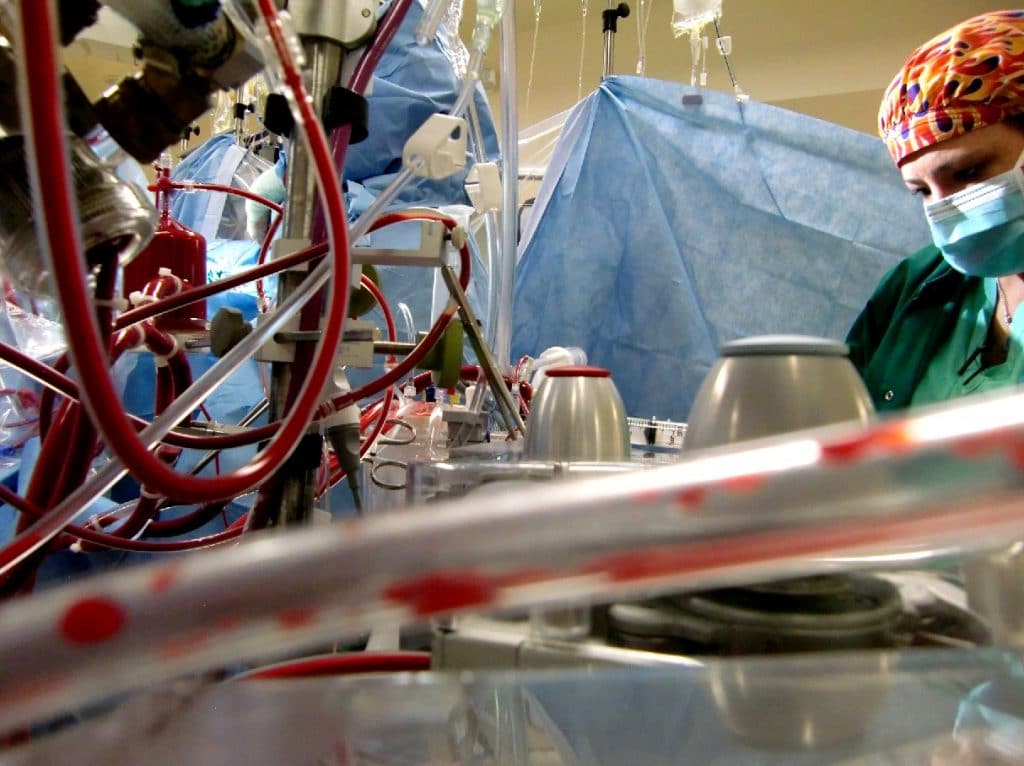Toward an Artificial Endothelium: Development of Blood-Compatible Surfaces for Extracorporeal Life Support

A new generation of extracorporeal artificial organ support technologies, collectively known as extracorporeal life support (ECLS) devices, is being developed for diverse applications to include acute support for trauma-induced organ failure, transitional support for bridge to organ transplant, and terminal support for chronic diseases. Across applications, one significant complication limits the use of these life-saving devices: thrombosis, bleeding, and inflammation caused by foreign surface–induced blood interactions. To address this challenge, transdisciplinary scientists and clinicians look to the vascular endothelium as inspiration for development of new biocompatible materials for ECLS. Here, we describe clinically approved and new investigational biomaterial solutions for thrombosis, such as immobilized heparin, nitric oxide-functionalized polymers, “slippery” nonadhesive coatings, and surface endothelialization. We describe how hemocompatible materials could abrogate the use of anticoagulant drugs during ECLS and by doing so radically change treatments in critical care. Additionally, we examine several special considerations for the design of biomaterials for ECLS, including: (1) preserving function of the artificial organ, (2) longevity of use, and (3) multifaceted approaches for the diversity of device functions and applications.
